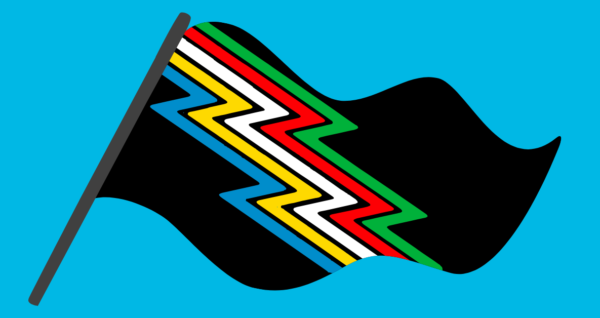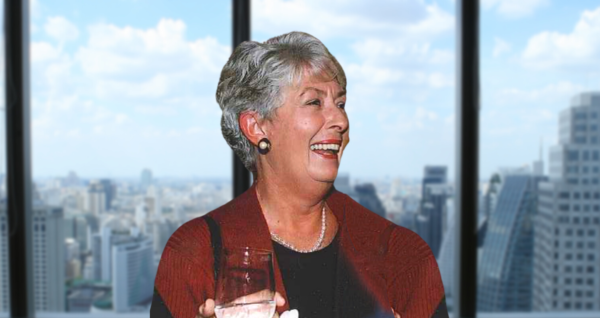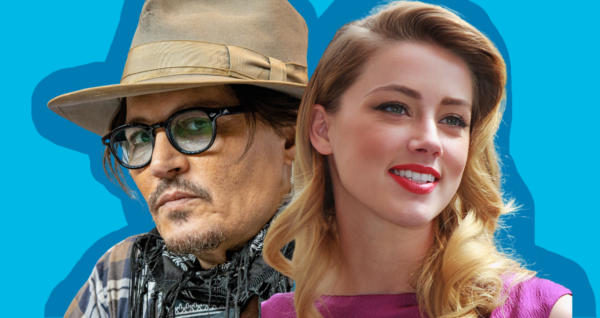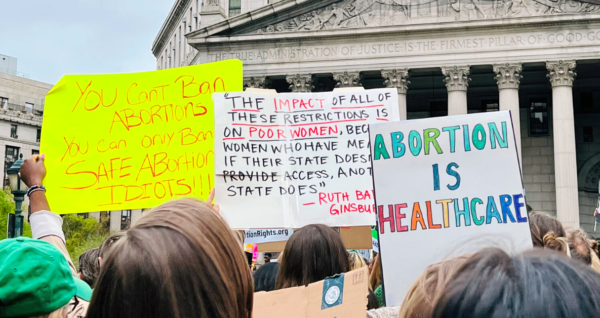Disability and abuse impact a sizable percentage of the population, but the links between them are too often ignored.
In honor of Disability Pride Month, we’d like to bring awareness to how domestic violence impacts the disabled community.
In the U.S., abuse and disability impact a sizable percentage of the population— 1 in 4 women and 1 in 7 men are subjected to domestic violence throughout their lifetime, and roughly a quarter of all adults have a range of physical, cognitive, and emotional disabilities.
Unfortunately, the ways in which abuse and disability intersect are too often ignored.
People with disabilities experience higher rates of domestic violence and sexual assault than non-disabled people. 70% of disabled people experience some form of abuse and are three times more likely to be sexually assaulted.
Simultaneously bearing the brunt of misogyny and ableism, disabled women are especially vulnerable. 80% of women with disabilities have been sexually assaulted, and they experience intimate partner violence at a rate 40% higher than non-disabled women. Not only is the likelihood of violence high, but the acts of violence themselves are also more frequent and severe.
Sexual assault and intimate partner violence are just two of many forms of abuse that disabled people face— disabled women are more likely than their non-disabled counterparts to experience physical abuse and reproductive coercion, and both women and men with disabilities are more likely to experience stalking and psychological abuse.
Unsurprisingly, children with disabilities are disproportionately affected by various types of violence— they are more than twice as likely to be physically abused and almost twice as likely to be sexually abused.
Evidently, abuse in the disabled community runs rampant— but why?
In many cases, the abuser will take advantage of an individual’s particular disability and use it against them to maintain power within that relationship. For instance, if a disabled person needs assistance when eating, the abuser may refuse to feed them as a way to manipulate and control the victim.
This is only one of the unique forms of abuse that disabled people face — other examples include:
- Invalidating or minimizing a disability
- Refusing to help with necessary daily tasks (e.g., using the bathroom, dispensing medication)
- Over-medicating, tampering with, and/or withholding medication
- Denying access to healthcare appointments or disability resources
- Sexual assault when a disability inhibits a person’s ability to consent
- Stealing or withholding finances (e.g., social disability checks)
- Destroying or denying access to mobility devices (e.g., wheelchairs, walkers, etc.)
- Harming or threatening to harm a service animal
- Using the disability to cause shame, humiliation and justify the abuse
- Threats of abandonment
- Intentionally ignoring personal care and hygiene
Because people with disabilities are often isolated and dependent on a small support circle, in nearly 100% of cases, survivors with disabilities experience abuse at the hands of someone they trust— usually a family member, intimate partner, or caregiver, including health aides and living facility attendants. A small circle of people also means fewer points of contact, and thus fewer opportunities to escape the cycle of abuse.
Despite its prevalence, domestic abuse against disabled people is often overlooked, with 70% to 85% of cases of abuse going unreported. That number is even higher for people with intellectual and developmental disabilities— a whopping 97% of cases are not reported, even though they are the most vulnerable to abuse.
Moreover, because so many cases of abuse against disabled people go unreported, very few cases are prosecuted. Only 5% of reported crimes against people with disabilities go to trial, compared to 70% of severe crimes against people without disabilities.
There are various reasons for such a low help-seeking rate in the disabled community. Survivors with disabilities face unique barriers to seeking help — they can be heavily dependent on their abusive caretaker and risk losing their assistance if they report the abuse. Lack of communication devices, interpretation, transportation, and sensitive services can also prevent disabled survivors from finding safety. Other reasons for not reporting abuse include fear of losing autonomy, custody of a child, or being institutionalized.
Even if a disabled person does leave their abuser, the struggle doesn’t end there — many domestic violence shelters do not accommodate mobility aids, and service providers often lack the training necessary to support the particular needs of survivors with disabilities. Only 35% of facilities have disability awareness training for their staff, and only 16% have a dedicated staff person to deliver services to women with disabilities.
It must be noted that LGBTQ+ and BIPOC survivors with disabilities face additional challenges within the disabled community. Disabled LGBTQ+ survivors may feel like outsiders within both communities— LGBTQ+ services and facilities may not be accessible for disabled people, and disability services may not be sensitive to LGBTQ+ issues.
What’s more, disabled BIPOCs are at a higher risk for police brutality. In the U.S., half of those killed by law enforcement are disabled, and over half of Black people with disabilities have been arrested by the time they turn 28 — compared to less than a third of their disabled white counterparts.
We must put disabled survivors at the forefront of the conversation to end domestic violence. Understanding the unique struggles faced by the disabled community and other minorities is essential to providing comprehensive and sensitive care, developing appropriate preventative measures, and breaking stigmas and harmful social attitudes. There is no freedom from violence until we are all free.
Resources
Sanctuary’s services are free and available to all survivors living in New York City, regardless of gender, sexual orientation, age, disability, marital or immigration status. If you or someone you know is experiencing abuse, please do not hesitate to reach out to us for help.
Here are some additional disability-specific resources:
Barrier Free Living is nationally recognized as the first fully accessible emergency shelter for survivors of domestic violence with disabilities.
Abused Deaf Women’s Advocacy Services
ADWAS empowers Deaf and DeafBlind survivors of domestic violence, sexual assault, and harassment to transform their lives while striving to change the beliefs and behaviors that foster and perpetuate violence. They provide comprehensive services to individuals and families, community education, and advocacy on systems and policy issues.
National Deaf Domestic Violence Hotline
The NDDVH is available to Deaf callers across the nation, answering videophone calls and emails 24/7. Deaf advocates, because of their experience working in the field of Domestic Violence for Deaf survivors and their extensive training, are uniquely able to provide crisis intervention, education, information, and referrals for Deaf callers.
The Arc promotes and protects the human rights of people with intellectual and developmental disabilities and actively supports their full inclusion and participation in the community throughout their lifetimes.
End Abuse of People With Disabilities
End Abuse of People With Disabilities activates people and organizations across movements to end violence against people with disabilities and Deaf people through a shared, intersectional framework.



